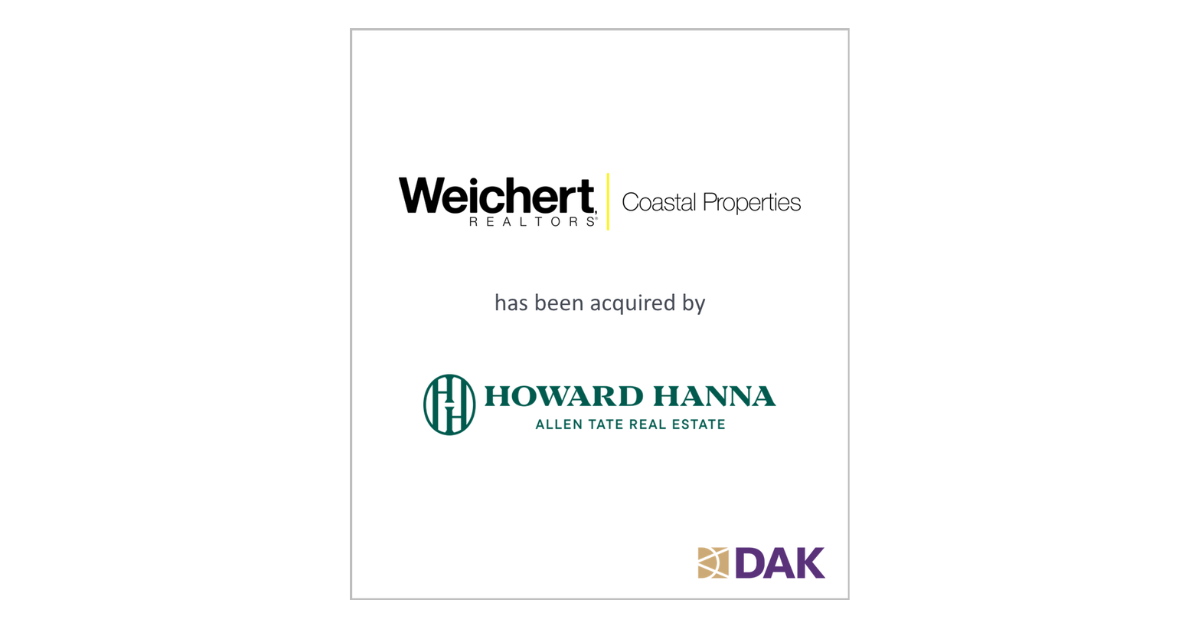At every strategic retreat over the last 26 years, managing partner Alan Sobel reviewed his CPA firm’s strategic plan and posed the same question to his fellow partners: Should they stay independent or merge into a larger organization? Every year the response was always the same: Stay independent. Until 10 months ago, that is. That’s when the firm’s partners decided it was time to investigate merging their team of 200 professionals into something larger.
As a result, in February 2023, Livingston-based accounting firm SobelCo merged into CLA (CliftonLarsonAllen LLP) the eighth-largest accounting firm in the United States.
“The primary issues became clear when we reviewed our strategic plan,” said Alan Sobel, who is now Office Managing Partner for CLA’s New Jersey practice, “Our SWOT analysis revealed how external threats were changing our business.”
Threats like the talent war – exacerbated by the shrinking number of people entering the profession – as well as the ever-mounting cost of technology and ongoing professional development needs, were beginning to impact the competitive growth capabilities of the firm.
What Sobel was facing is common for mid-sized professional services. As business becomes ever more complex, the need for experienced professionals – specifically those with niche skills – is transforming accounting, legal, engineering, and architecture. To innovate and grow, firms need talent and capital, two things in short supply.
“Partnerships don’t typically have a stockpile of capital,” noted Milton Kahn, Chief Operating Officer with DAK, a North Jersey business advisory and investment banking firm for middle market businesses. “Most professionals want to distribute profits at the end of the year,” Kahn continued. “With no capital reserve, firms must rely on a line of credit to invest in technology, acquire talent, and expand.”
Kahn is no stranger to CPA firm mergers. Prior to joining DAK, he was a practicing CPA for over 40 years. Most recently, as a Partner in the Private Business Services Group of EisnerAmper, a large regional CPA firm. Before that, Kahn was the former man-aging partner for a prominent Bergen County accounting firm, merging it into the former Amper organization in the early 2000s.
“Professional firms typically want to merge or sell when partners want to retire and they have not properly planned for transition,” Kahn said. “However, it is just as common for healthy firms with younger owners who want to expand, and that requires capital they may not have.”
As for SobelCo, their situation involved a mix of both scenarios. The decision to merge sent Alan Sobel on a mission, to take the temperature of the marketplace and immerse himself into what the firm needed to know for a successful transition. To help him find a suitable suitor, Sobel reached out to CPA firm mega-dealmaker Alan Koltin – initially not to hire as a business broker, but simply to have him as his merger sherpa.
“Alan Koltin is in front of so much of what is going on in the marketplace, he helped us understand the process. He understood what we were going through and helped us find the right match,” Sobel related.
SobelCo declined offers from private equity firms that would have invested in the firm in exchange for a percentage of ownership.
“Expansion requires dollars,” noted DAK’s Kahn. “This is the reason why private equity has a growing interest in professional firms. Many larger firms are expanding their niche services, including non-accounting services such as technology and human resources. Competing in these nontraditional spaces requires capital for training, marketing, and acquisitions,” Kahn explained.
Of course, there are both downsides and upsides to any private equity investment, warned Kahn. “Part of the private equity investment involves the partners partially cashing out. The firm partners or owners stay on and continue to participate in the business. Typically, the time range is five to ten years, and then the equity firm will want to cash out. The firm has to be ready for that day,” Kahn said.
Instead of private equity, SobelCo agreed that a successful merger must meet certain criteria.
“We framed four pillars that are most important to us. First, we wanted to continue to be a foundational firm; a market leader in New Jersey,” explained Sobel. “The SobelCo partners have established a reputation. We wanted to expand on that reputation, not just disappear. Our people would not become invisible,” Sobel said.
“The second pillar was finding a firm that was built to last. We knew a merger was going to be disruptive to our people and our clients. We needed to find a firm large enough to ensure they would not merge themselves into yet another firm in a couple of years.”
The third pillar involved approach. The firm that SobelCo selected would have to be progressive in the way they service clients and treat their employees.
“CLA has a client-oriented reputation and works with small to mid-sized businesses, just like us. They use technology to help drive the services they deliver,” Sobel continued. “As for our people, CLA genuinely looks at careers through the lens of employees. They want them to have an inspired career.”
Sobel and his team interviewed several interested firms before meeting with the CLA leadership. The minute they began to talk, Sobel knew they had found a match.
“We are a peer-reviewed firm, and we put tremendous effort into our quality. CLA is no different, but they have taken wellness and combined it with quality. They take steps to ensure their people are taking care of themselves to be prepared to take care of their clients. People work hard, but they are also motivated to know they can take the time they need to handle life issues. I appreciate that CLA talks about their people as family members,” Sobel noted.
CLA was also a match for SobelCo’s fourth pillar, culture. “Their culture is very much aligned with ours. Their clients are family-owned, non-public companies. They are 8,000 professionals in 122 offices; however, most offices are about our size and situated in a local market,” Sobel explained.
Alan Sobel confided that today’s acquiring firms are not interested in buying clients; they are instead interested in buying talent. He also offered advice to professional firms thinking about selling or merging.
“You may not be selling your business today, but your company should always be prepared for sale. Do not let your company become an heirloom. It is an asset. The moment you treat a company like an heirloom – that it is so precious you cannot do anything with it – you stop making good business decisions,” he concluded.
CLICK FOR MORE INFORMATION
INTERVIEWEE
Milton Kahn






